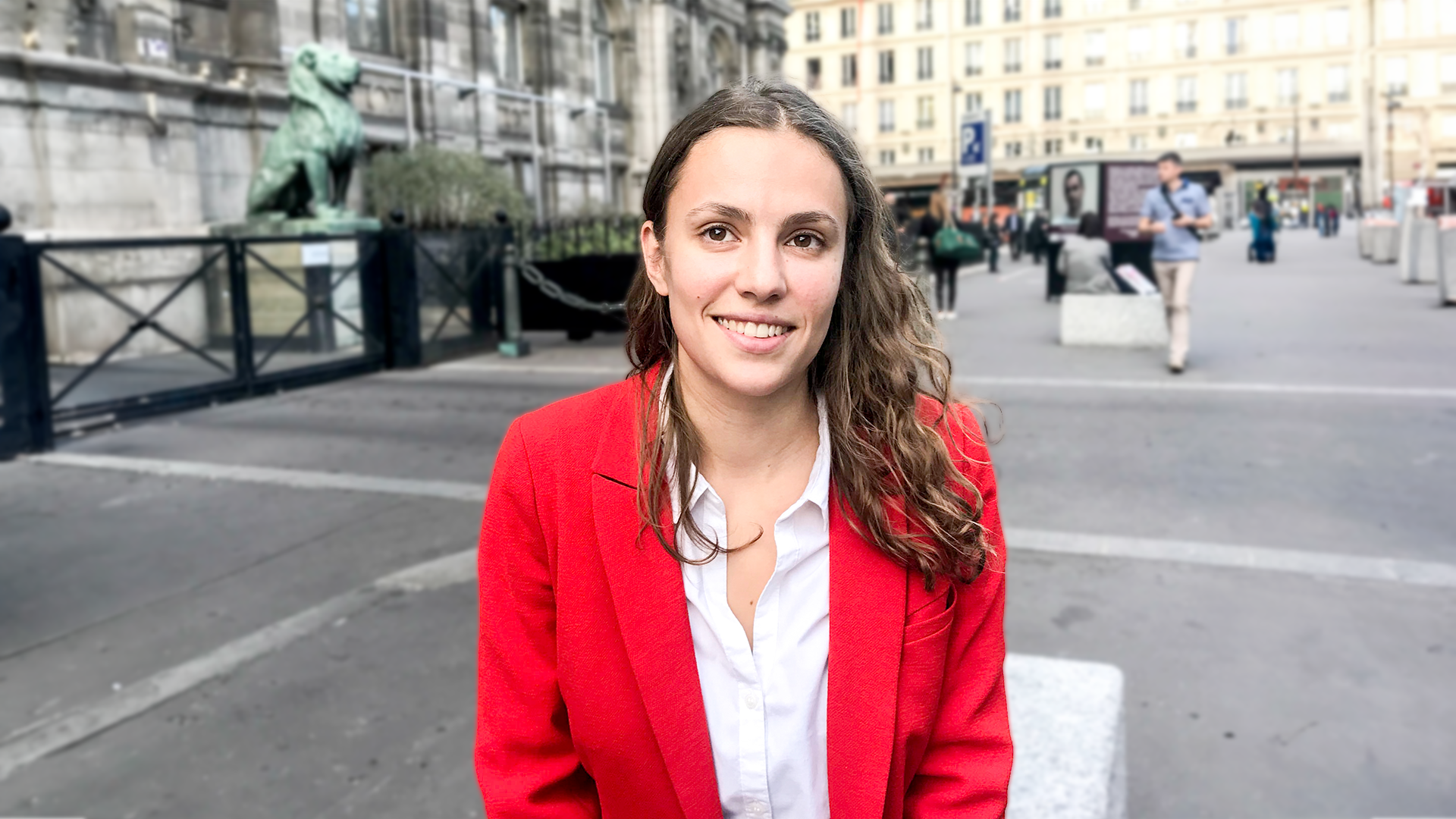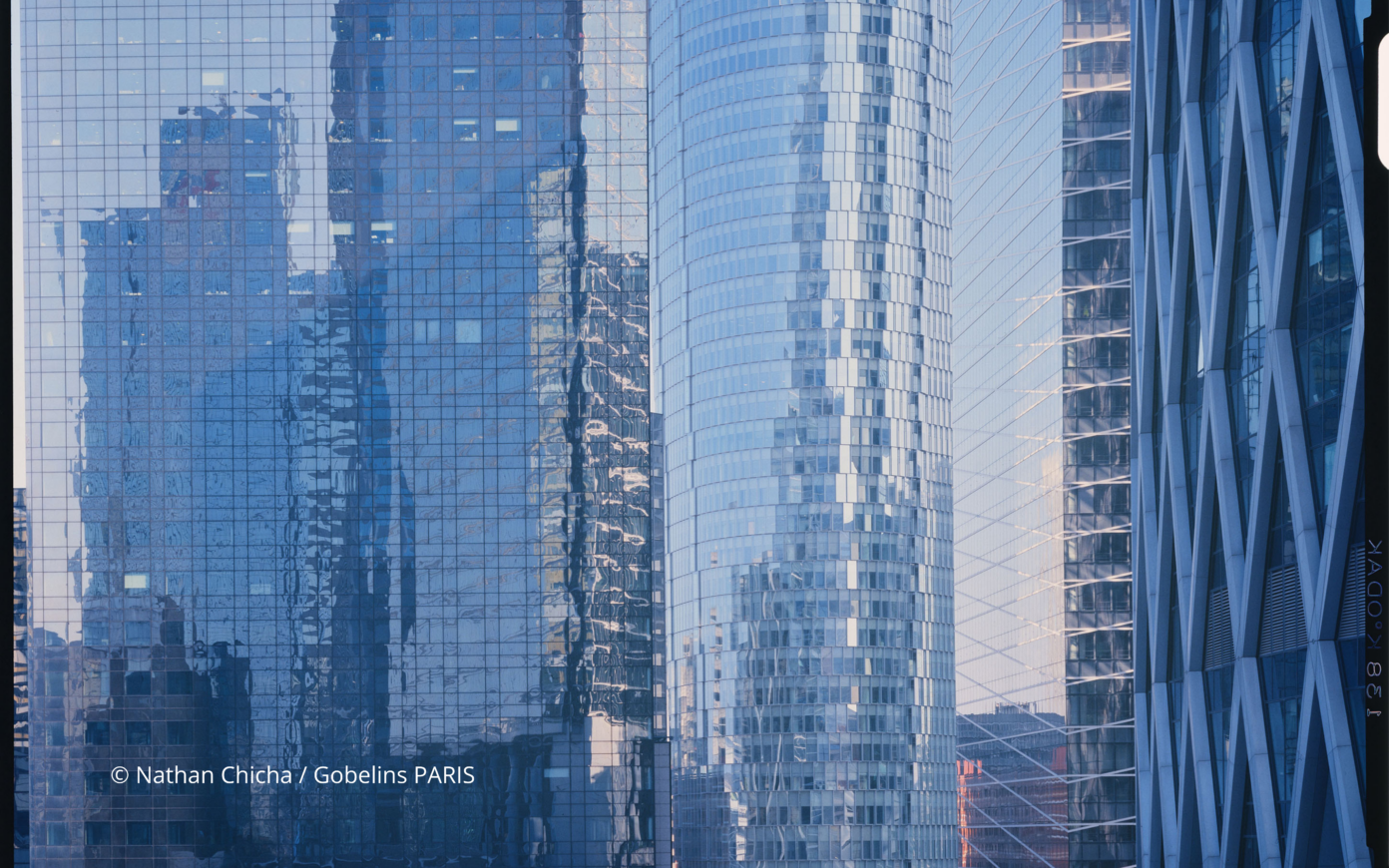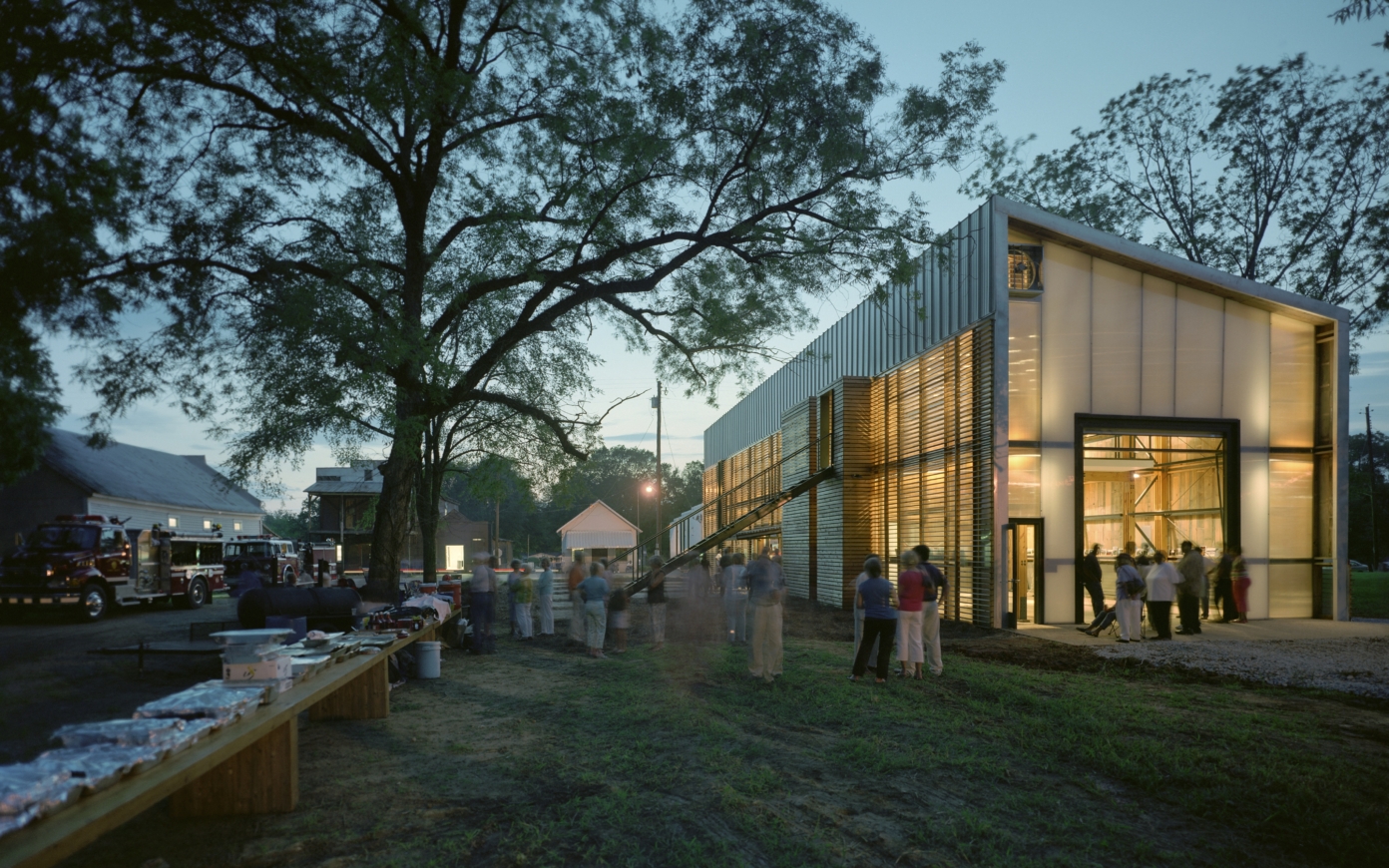Can there be a “gardening” of cities?

- Publish On 23 April 2017
- Marion Waller
- 4 minutes
Marion Waller studied the environmental philosophy and urbanism at Sciences Po and the École Normale Supérieure.
In 2016, she published Artefacts naturels (Natural Artifacts). The purpose of this book is to give a frame to entities – “objects” – that are intentionally created by men but which can be related to natural processes and are likely to to acquire autonomy as a natural object. This notion of natural artifact allows us to rethink the practice of urban planning, reducing the opposition between city and nature.
Marion Waller is also advisor to Jean-Louis Missika, Deputy Mayor of Paris, in charge of urban planning, innovation and attractiveness issues.





